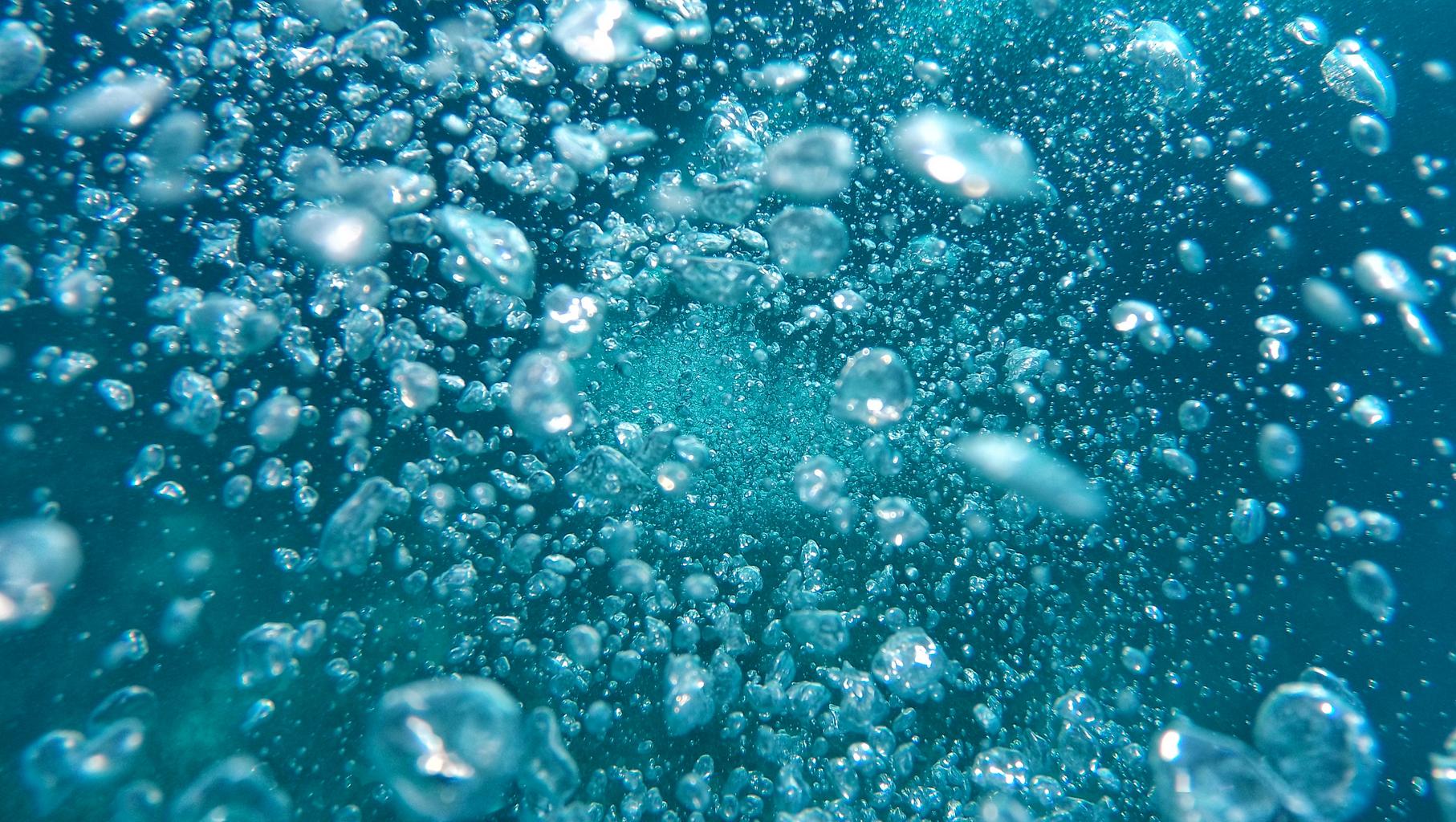In an age where indoor air quality is becoming increasingly crucial to our health and well-being, air purifiers play an essential role in our homes. These remarkable home comfort devices not only enhance the air we breathe but also contribute to overall wellness by filtering out allergens, pollutants, and unwanted odors. However, like any appliance, air purifiers can encounter issues that hinder their performance. This comprehensive guide, titled Air Purifier Troubleshooting 101: Keeping Your Device Running Smoothly, aims to equip you with the knowledge to troubleshoot common problems and ensure your air purifier operates at peak efficiency.
Understanding Air Purifiers
What is an Air Purifier?
An air purifier is a device designed to improve indoor air quality by removing contaminants from the air. Using various filtration technologies such as HEPA filters, activated carbon filters, and UV-C light, these devices can capture particles as small as 0.3 microns—making them effective against dust mites, pet dander, mold spores, and even some bacteria and viruses.
How Do Air Purifiers Work?
Air purifiers work through a simple yet effective process:
Air intake: The device draws in surrounding air through its inlet. Filtration: The air passes through one or more filters that capture airborne particles. Clean air output: The purified air is then released back into the room.This continuous cycle helps maintain a cleaner atmosphere in your home.
Importance of Indoor Air Quality Solutions
Why Indoor Air Quality Matters
Indoor air quality (IAQ) plays a significant role in our health. Poor IAQ can lead to problems like allergies, respiratory issues, fatigue, and even long-term diseases. Utilizing energy-efficient devices like air purifiers can drastically improve the quality of the air within our homes.
Choosing Energy-Efficient Devices for Better IAQ
When selecting an air purifier, look for models that are energy-efficient without compromising performance. Many modern units come with Energy Star ratings or have features that minimize electricity consumption while maximizing purification efficiency.

Common Air Purifier Problems: An Overview
1. Weak Airflow Issues
Symptoms of Weak Airflow
If you notice that your air purifier isn't pulling in or pushing out much air, it might be struggling with weak airflow.
Causes of Weak Airflow
- Clogged filters Blocked intake or exhaust vents Mechanical failure
Solutions
- Regularly check and replace filters according to manufacturer recommendations. Ensure nothing obstructs the unit's vents. Consult professional help if mechanical issues arise.
2. Unpleasant Odors Coming from the Unit
Symptoms of Odor Problems
A foul smell emanating from your device can be off-putting and concerning.
Causes of Odor Issues
- Dirty filters Accumulated dust or debris within the unit
Solutions
- Replace dirty filters immediately. Clean the interior components of your device regularly using a soft brush or vacuum attachment.
3. Excessive Noise Levels
Symptoms of Noisy Operation
Air purifiers are often marketed as quiet home appliances; thus excessive noise can signal a problem.

Causes of Noise Issues
- Loose parts or screws Fan motor malfunctions
Solutions
- Tighten any loose components. If noise persists after tightening parts, consider seeking professional repairs or replacement options.
4. Indicator Lights Not Functioning Correctly
Symptoms of Indicator Light Issues
Most modern devices include indicator lights signaling when it's time to change filters or when maintenance is needed.
Causes of Indicator Light Problems
- Electrical faults Burnt-out bulbs
Solutions
- Check the power supply to ensure proper operation. Replace bulbs if necessary; consult user manuals for specific replacement instructions.
5. Failure to Power On
Symptoms of Power Issues
If your unit won't turn on at all, this could be indicative of several underlying issues.
Causes of Power Issues
- Tripped circuit breakers Faulty power cords or plugs
Solutions
- Check your electrical panel for tripped breakers. Inspect power cords for damage; replace them if necessary.
Maintenance Tips for Optimal Performance
To prevent many common issues associated with air purifiers, regular maintenance is key:
1. Regular Filter Replacement Schedule
Follow manufacturer guidelines for filter replacements based on usage habits—this will ensure optimal performance while maintaining indoor air quality solutions effectively.
2. Cleaning Protocols
Keep the exterior and interior free from dust accumulation by wiping it down with a damp cloth regularly while keeping crevices clean with compressed air tools designed specifically for electronics cleaning purposes.
Table: Recommended Maintenance Schedule
| Task | Frequency | |------------------------|------------------------------------| | Filter Replacement | Every 6 months | | Exterior Cleaning | Monthly | | Interior Cleaning | Every 3 months |
FAQ Section
FAQ 1: How often should I change my air purifier filter?
It’s recommended to change your filter every 6 months; however, this may vary based on usage levels and specific product recommendations found in user manuals.
FAQ 2: Can I use my air purifier continuously?
Yes! Most modern purifiers are designed for continuous operation without causing significant energy costs; look for energy-saving modes on newer models if concerned about consumption rates.
FAQ 3: What type of filter do I need?
The most common types include HEPA filters which effectively trap small particles; always check compatibility with your specific model before purchasing replacements!
FAQ 4: How do I know if my purifier is working properly?
You’ll typically notice improved indoor clarity—less dust accumulation along surfaces—and clearer breathing experiences over time indicating effective operation!
FAQ 5: Can I wash my HEPA filter?
Most HEPA filters are not washable; refer back to manufacturer guidelines regarding care instructions before attempting any cleaning methods!
FAQ 6: Why does my machine make strange noises?
Strange sounds could indicate loose parts needing adjustment; consider consulting professionals if noise persists after self-checking efforts have been made!
Conclusion
In conclusion, understanding how to troubleshoot common problems associated with air purifiers empowers users to maintain optimal functionality over time effectively! By following simple maintenance protocols outlined above alongside proactive measures taken during troubleshooting processes when encountering issues such as weak airflow or unpleasant odors ensures longevity while enhancing overall satisfaction derived from utilizing these incredible indoor climate control devices! Whether you're investing in compact dehumidifiers or portable cooling devices—taking steps now will pay off greatly later down-the-line!
Remember that consistent checks coupled with timely interventions will keep both you—and your trusted home comfort devices—in good shape!
